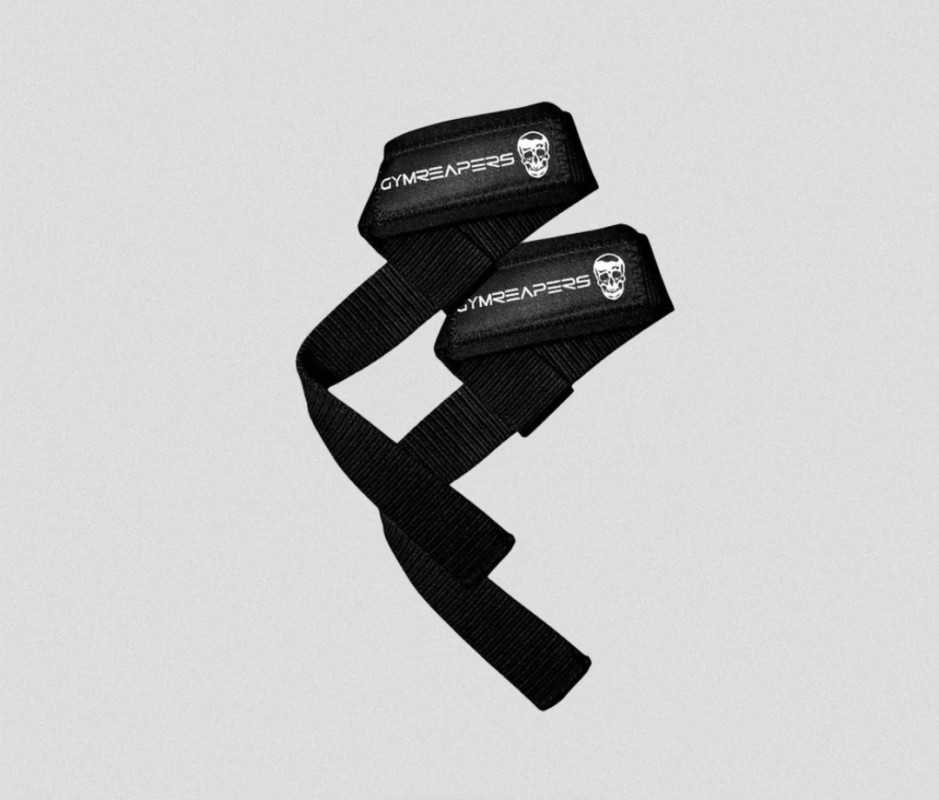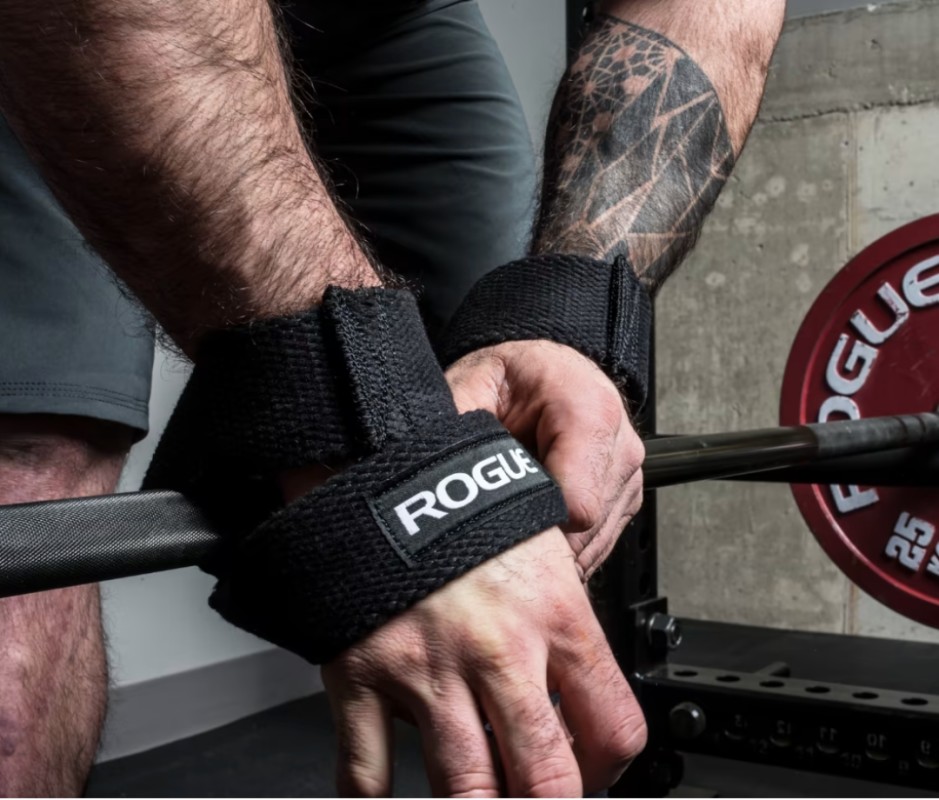Men's Health
How to Use Lifting Straps, a Powerlifter's Favorite Accessory
If you’ve ever felt your grip strength give out before your back, glutes, and arms during a workout, you’re not alone. It’s one of the most frustrating parts of strength training for beginners and folks lifting heavy to hit a one-rep max. That’s where lifting straps come into play. These simple but powerful tools mean the difference between hitting a new personal record or walking away from the bar early.
Whether you’re perfecting your Romanian deadlift or knocking out a pull day workout, knowing how to use lifting straps can take your training to the next level.
In this guide, I’ll break down everything you need to know about lifting straps—from understanding what lifting straps are and when to use them to how to use weightlifting straps properly. We’ll explore the benefits and drawbacks, compare lifting straps to wrist wraps, and even highlight some of the best lifting straps on the market. Whether you’re new to weightlifting or a seasoned lifter looking for an edge, this guide will arm you with all the tools you need to maximize your performance and prevent grip failure from holding you back.
Editor’s note: New lifters should avoid using lifting straps until they’ve wrapped up their first year of training.
Related: What Zone 2 Heart Rate Is and How to Calculate Yours
What Are Lifting Straps?
Lifting straps are sturdy, looped fabric (often made of cotton, nylon, or leather) designed to help you grip the barbell during heavy lifts. They wrap around your wrists and the bar, increasing your grip strength and allowing you to focus on the target muscles without worrying about your hands slipping.
Men’s Journal aims to feature only the best products and services. We update when possible, but deals expire and prices can change. If you buy something via one of our links, we may earn a commission.
Types of Lifting Straps and Best Lifting Straps to Buy Now
If you’re ready to add lifting straps to your gym bag, here’s a list of five popular options that cater to different preferences and lifting styles.
Loop Straps
The most common type features a loop on one end that the strap threads through to create a secure fit around your wrist. The free end wraps around the bar.
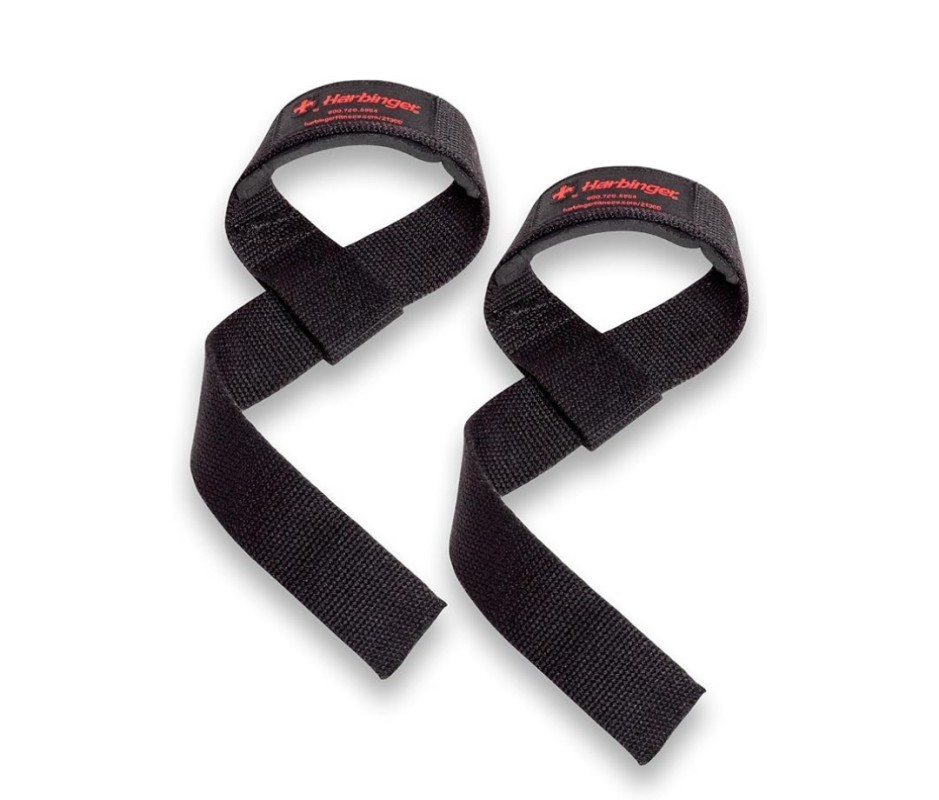
Courtesy Image
Harbinger Padded Cotton Lifting Straps
The extra padding on Harbinger Padded Cotton Lifting Straps makes them ideal for long workouts, and the cotton material provides a strong yet comfortable grip.
IronMind Strong-Enough Lifting Straps
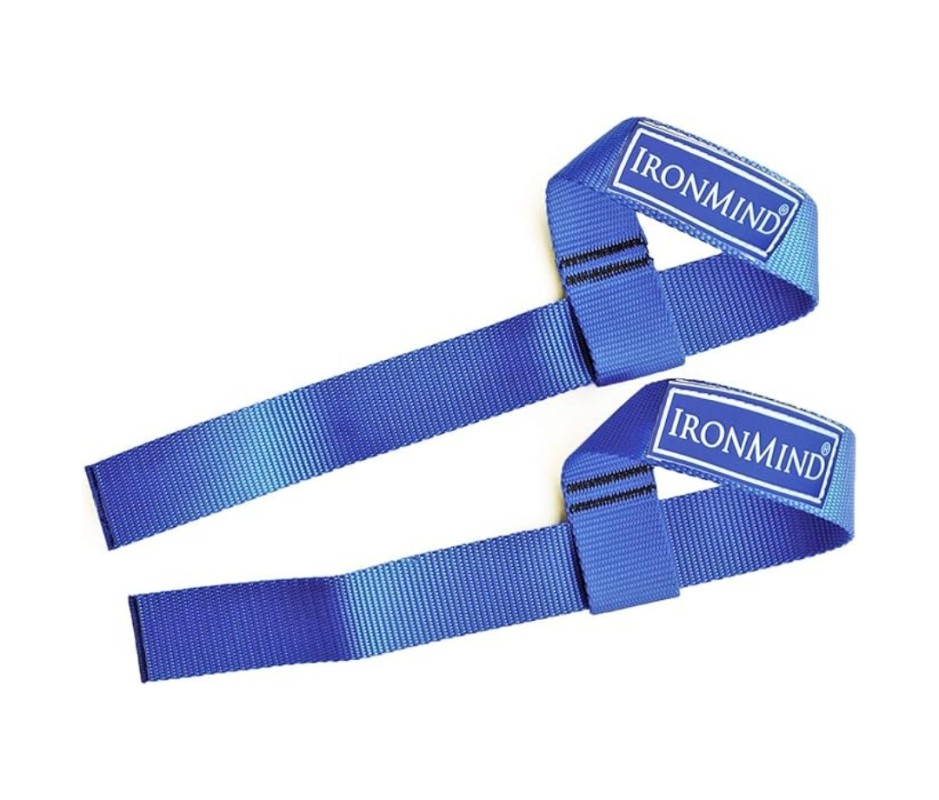
Courtesy Image
These nylon IronMind Strong-Enough Lifting Straps are built to withstand the heaviest of lifts and are trusted by professional strongmen worldwide.
Gymreapers Lifting Straps
Courtesy Image
The Gymreapers Lifting Straps are made with durable cotton, offer excellent grip and comfort, and have reinforced stitching for longevity. Use these on your next deadlift day for added grip strength.
Figure 8 Straps
These straps form a figure-eight shape, providing maximum security by looping around the wrist and the bar for a rock-solid grip.
Rogue Figure 8 Lifting Straps
Courtesy Image
The Rogue Figure 8 Lifting Straps are perfect for heavy deadlifts. They offer maximum security by looping fully around the bar and your wrist.
Hook Straps
These come with a metal or plastic hook that takes the place of wrapping the strap around the bar, making them a quick and easy option, though they can feel less natural.
Grip Power Pads Lifting Straps with Neoprene Padded Wrist
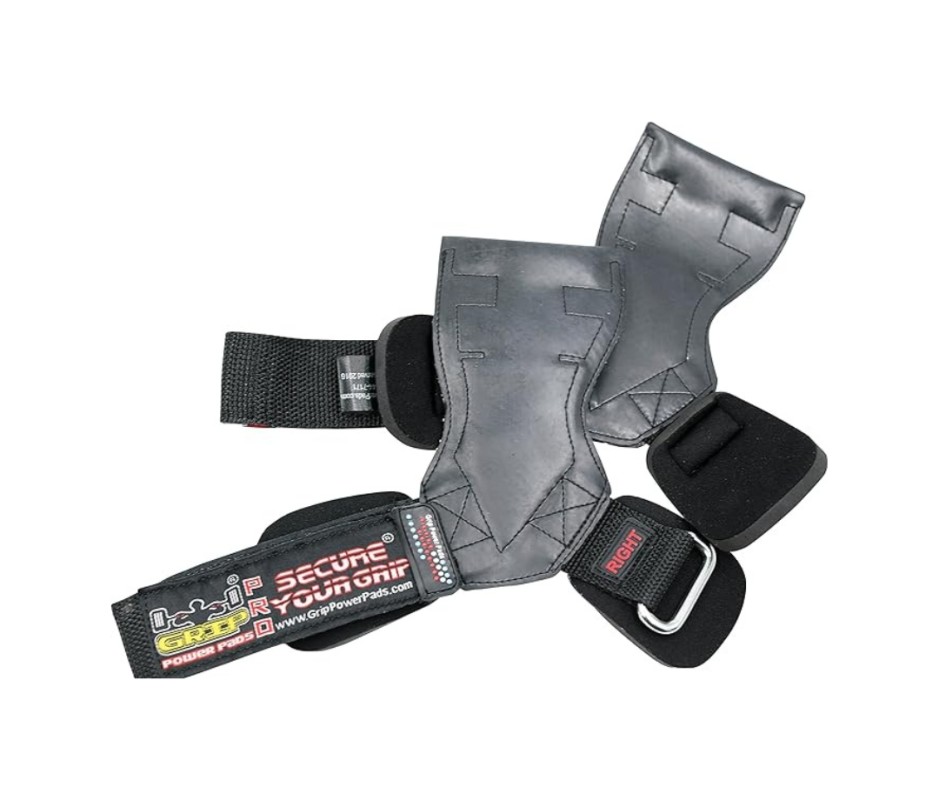
Courtesy Image
The neoprene padding on these Grip Power Pads Lifting Straps offers extra wrist protection, and the cotton straps provide a firm grip on barbells or dumbbells. Regardless of what lifts you’re doing, these are a great addition to your workout if you want to really push yourself.
Pro Tip: Ensure you use the correct lifting straps for Olympic weightlifting, particularly snatches. Deadlift straps won’t safely release during overhead movements!
Related: The Best Devices to Increase Grip Strength
How to Use Lifting Straps
Knowing how to use weightlifting straps properly can significantly enhance your lifting performance. Here’s a step-by-step guide to mastering them.
Step 1: Position the Straps
Slip your hand through the loop of the weight lifting strap so it sits at the base of your palm. Tighten the strap around your wrist, leaving enough slack for it to reach the barbell. Repeat on the other wrist.
Step 2: Wrap the Strap Around the Bar
Once the strap is secure on your wrist, loop the excess fabric around the barbell. Wrap it tightly, ensuring it doesn’t slip. For heavier lifts, you may need to do this two or three times.
Step 3: Grip and Twist
After wrapping, grip the barbell as usual. For added security, twist the bar slightly so the lifting straps tighten further, creating a lock-tight grip.
Pro Tip: Practice tightening and loosening your lifting straps before your heaviest sets.
Related: Best Full-Body Workout to Shed Fat and Gain Muscle
When Should You Use Lifting Straps?
Lifting straps are handy for pulling exercises where grip strength tends to be a limiting factor. However, it’s important not to rely on straps for every lift. Use them sparingly and strategically—mainly for your heaviest sets and when grip becomes a limiting factor. This ensures you’re still building grip strength over time. Below are some examples of when you may want to use lifting straps:
Deadlifts and Rack Pulls
As you progress in strength, your grip might give out before your back and leg muscles fatigue. Deadlift straps solve this by reinforcing your grip, allowing you to lift heavier weights.
Rows
For barbell or dumbbell rows, straps help maintain a secure hold on the bar, allowing you to target your upper back and lats more effectively.
Pullups or Shrugs
Use straps to prevent grip failure during high-rep sets of pullups or shrugs.
High-Volume Drop Sets
During high-volume drop sets, where you reduce the weight and continue performing reps after reaching muscle failure, lifting straps can prevent grip strength from limiting your ability to push through those final, intense reps. Extra grip helps maximize time under tension, especially for back- and bicep-focused exercises.
Related: Sissy Squats: The Secret Weapon for Leg Strength and Mobility
Pros and Cons of Lifting Straps
Lifting straps can be a game-changer in the gym, but they have drawbacks. Let’s break down the pros and cons:
Pros
- Increased Grip Strength: The primary benefit of lifting straps is their ability to secure your grip, allowing you to lift heavier weights, especially on pulling exercises.
- Reduced Forearm Fatigue: Your forearms will fatigue much slower, enabling you to maintain focus on the target muscles rather than worrying about your grip.
- Prevents Hand Calluses: Straps can also protect your hands from rough barbell knurling, minimizing the formation of calluses.
- Helps Break Through Plateaus: If you’ve hit a strength plateau because of grip issues, weightlifting straps can help you push past it.
- Enhanced Targeted Training: Using lifting straps allows you to focus on targeted muscle groups without your grip giving out prematurely. This is especially beneficial for bodybuilders or those aiming to isolate specific muscles, like the lats or traps, during heavy pulling exercises.
Cons
- Reliance on Straps: Overusing lifting straps will weaken grip strength over time, as you’re not allowing your hands and forearms to work as hard.
- Not Allowed in Competitions: Sanctioned competitive powerlifting and Olympic weightlifting competitions don’t allow lifting straps. Relying on them in training could hinder your performance if you plan to compete.
- Doesn’t Improve Grip Strength: While weightlifting straps help you lift heavier, they don’t contribute to improving your natural grip strength. Make sure to always toss in grip strength exercises twice a week.
- Improper Use: If lifting straps are not used correctly, they can cause uneven tension on the bar, leading to imbalanced lifts or poor form. Beginners should take the time to learn the correct techniques before using them on heavy weights.
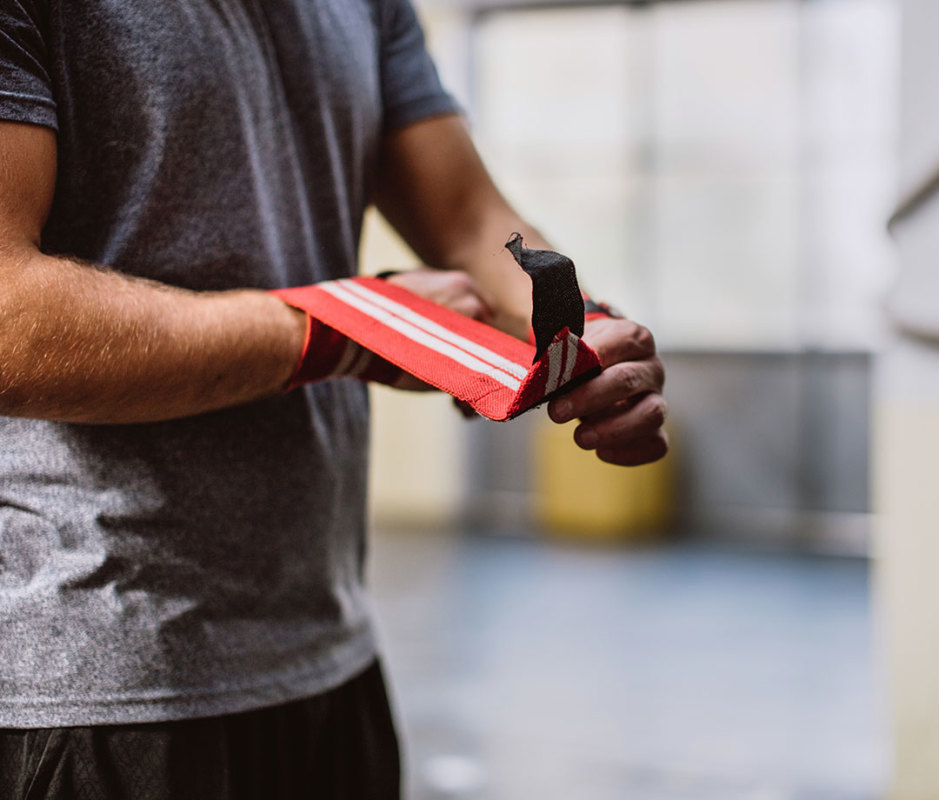
Pekic/Getty Images
Lifting Straps vs. Wrist Wraps
It’s easy to confuse lifting straps with wrist wraps, but they serve different purposes. Lifting straps enhance your grip by securing your hold on the barbell, making them ideal for pulling exercises like deadlifts and rows.
On the other hand, wrist wraps stabilize and support the wrist joint, primarily during pressing movements like bench presses or overhead presses. They don’t assist with grip but provide extra support when lifting heavy weights to prevent wrist strain.
In short, use lifting straps when your grip is the limiting factor and wrist wraps when you need added wrist stability for pushing exercises.
Final Verdict on Lifting Straps
Lifting straps are a game-changer, especially for lifters looking to push beyond their grip limits and hit those personal records. But remember, they’re a tool—not a crutch. Use them for your heaviest sets, like deadlifts and rows, where grip failure is a real issue, but don’t forget to keep working on your raw grip strength. When used strategically, lifting straps can unlock new levels of strength and help you focus on what really matters—hitting your target muscles and smashing through plateaus.

